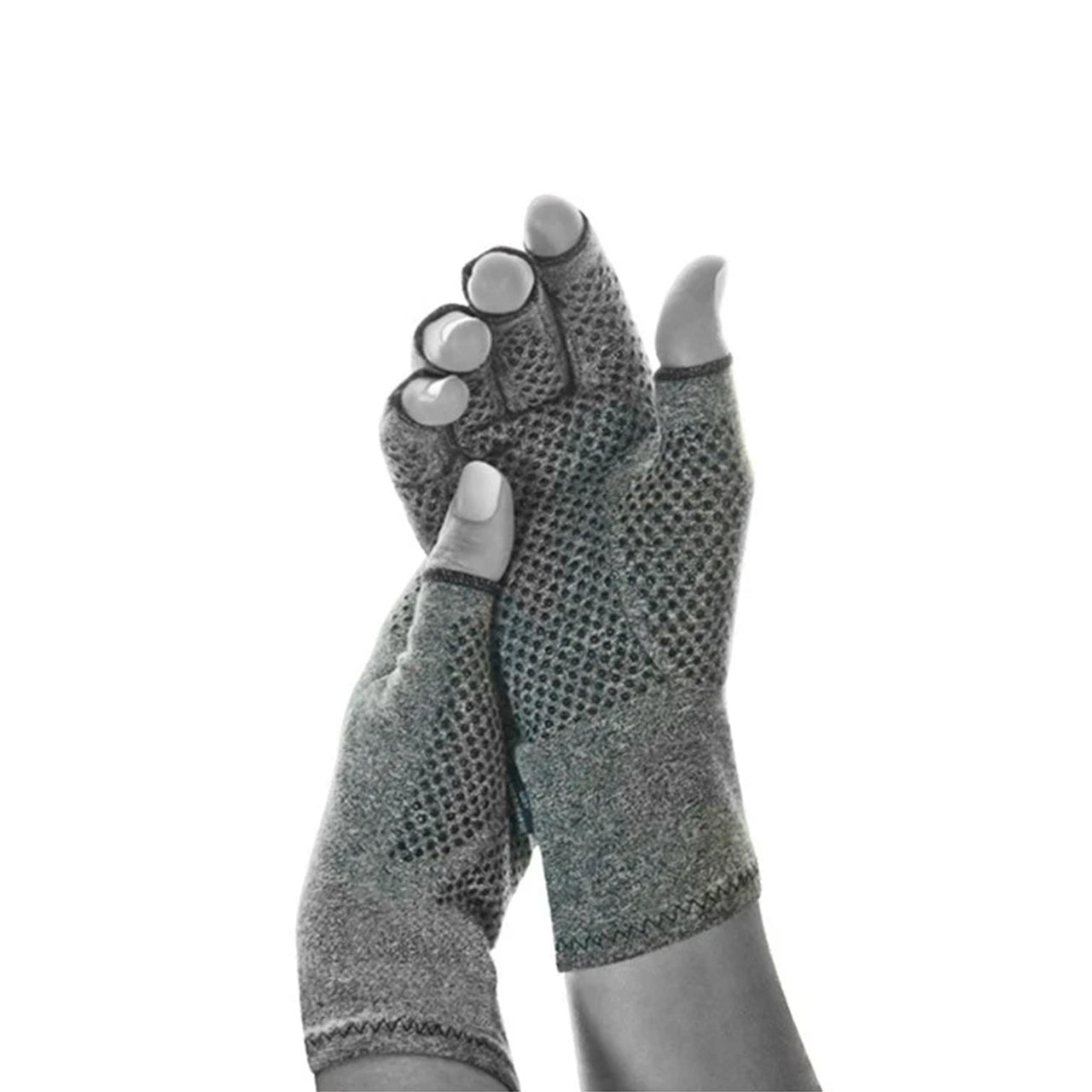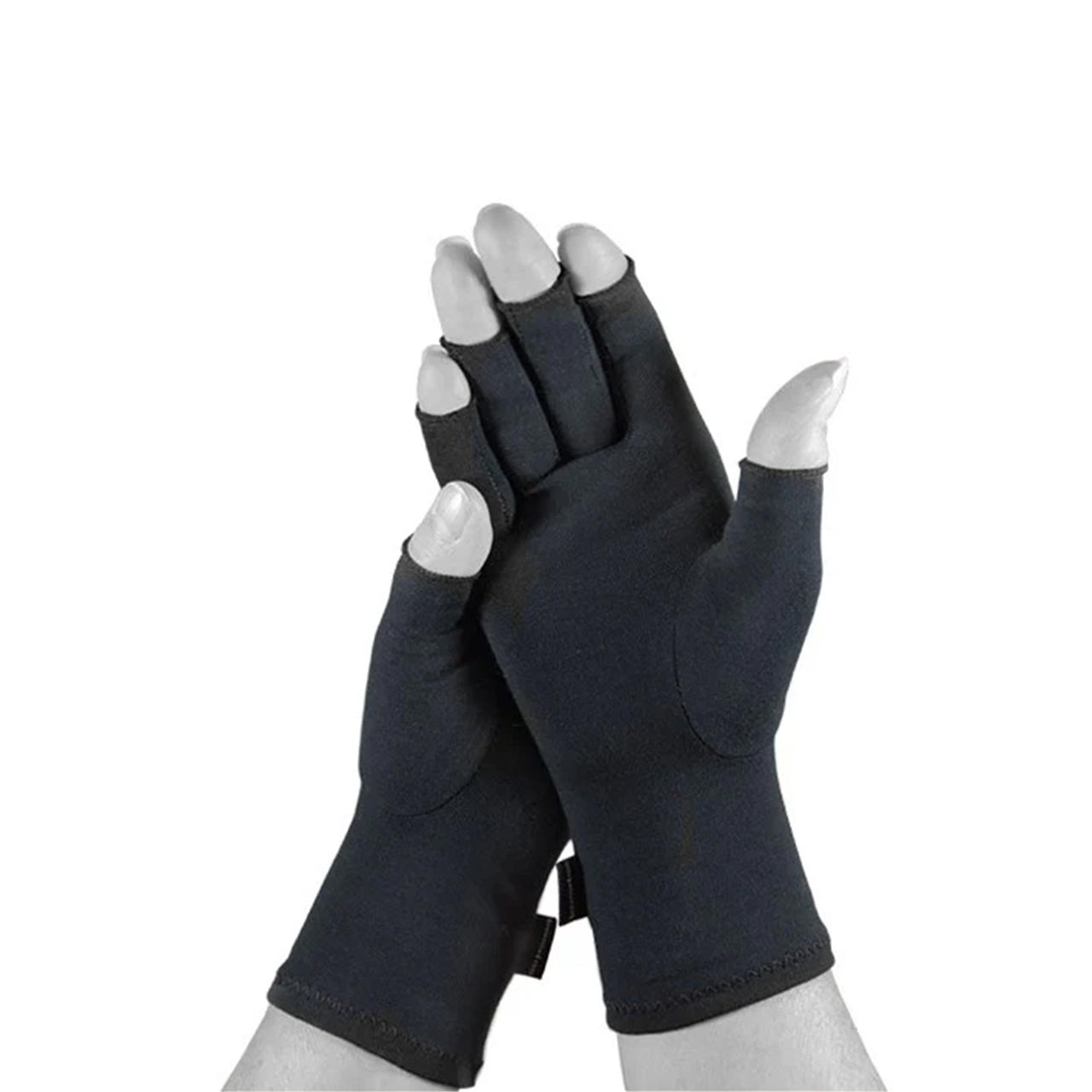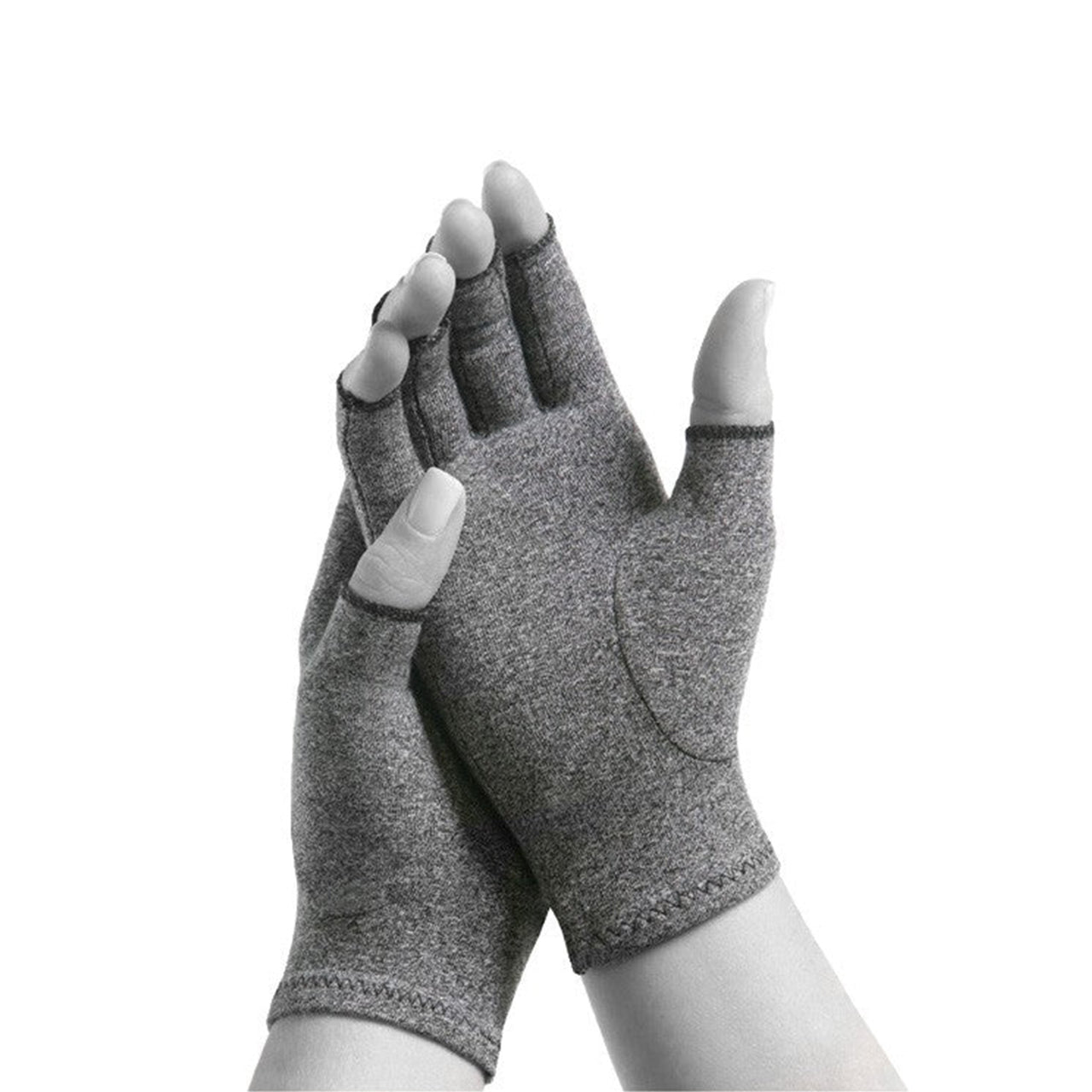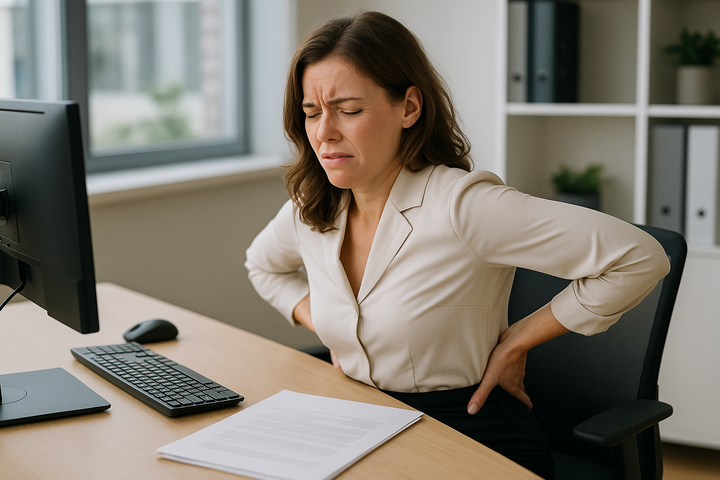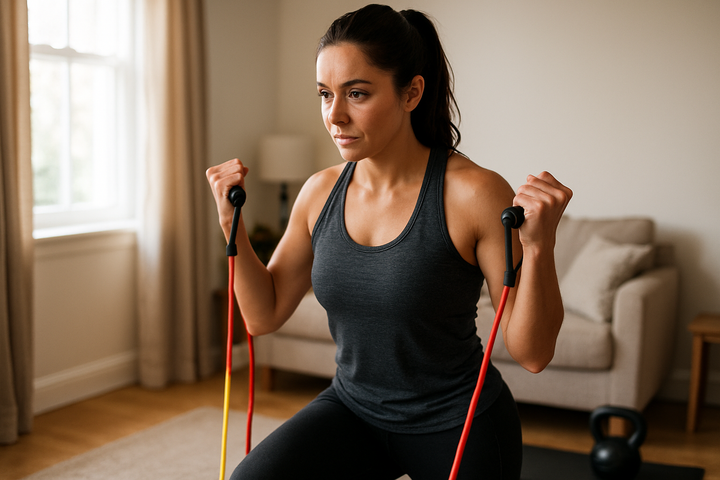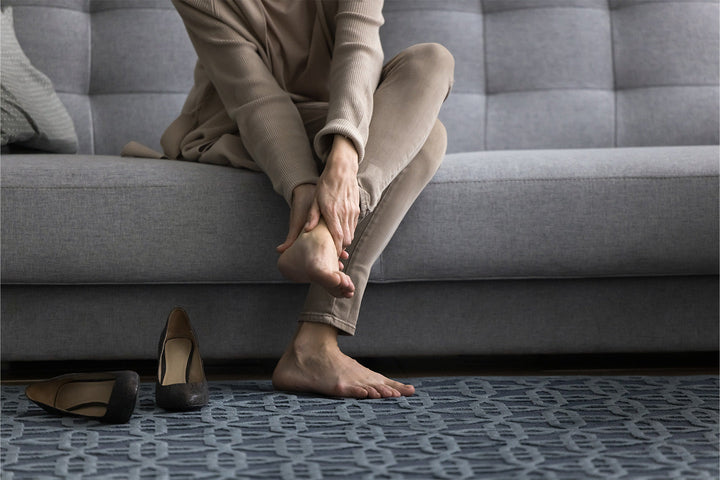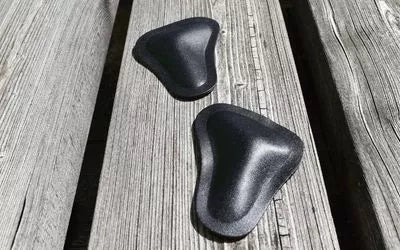
Osteoarthritis is a chronic joint disease that affects many people, especially the elderly. The disease involves the breakdown of joint cartilage, which leads to pain, stiffness and reduced mobility in the joints. Osteoarthritis most commonly affects the knees, hips, hands and spine.
Many people living with osteoarthritis find that their symptoms worsen during the winter and cold months. The pain can become more noticeable, stiffness increases and everyday life is affected. Here we go over why the cold can worsen osteoarthritis symptoms – and give tips on how you can alleviate the problems.
How the cold affects your osteoarthritis symptoms
Cold can contribute to increased osteoarthritis problems in several ways:
- Reduced blood circulation – When it’s cold, blood vessels constrict to conserve heat. This reduces blood flow around the joints and can worsen both pain and stiffness.
- Increased stiffness – Cold makes muscles and joints stiff. For those of you who already live with osteoarthritis, this can mean even greater difficulty moving smoothly.
- Less physical activity – The darkness and cold of winter often mean we move less. Too little movement can lead to weaker muscles and more stiffness, which in turn worsens osteoarthritis symptoms.
Prevent and relieve osteoarthritis during winter
Although winter can be challenging for those with osteoarthritis, there are several things you can do yourself to feel better. Here are some effective self-care tips:
Keep your body warm
Dress warmly and protect exposed joints. Warming protection – such as knee pads, wrist warmers or other aids for osteoarthritis – can reduce stiffness and relieve pain.
Move regularly
Regular exercise is crucial to counteract stiffness. Choose gentle forms of exercise indoors, such as an exercise bike, strength training with light weights, or mobility exercises. Exercising for osteoarthritis strengthens muscles and can reduce pain.
Use heat treatment
Heat can help relieve osteoarthritis symptoms by increasing blood circulation. Try a heating pad, warm bath or shower. Heat wraps for joints can help you stay warm longer.
Get help from a physiotherapist
A physiotherapist can design an individual exercise program tailored to your specific osteoarthritis symptoms. This can make a big difference to both mobility and pain.
Maintain a healthy weight
Extra weight increases the strain on your joints. By combining physical activity with a nutritious diet, you can reduce the strain on your joints and thus also the pain.
At Rehaboteket you will find several different aids for osteoarthritis, such as osteoarthritis gloves, osteoarthritis socks and various protectors with warming and compression properties for support and relief in everyday life.

